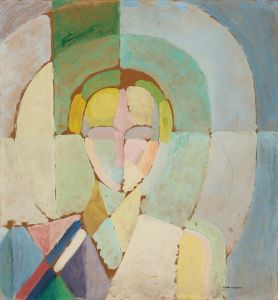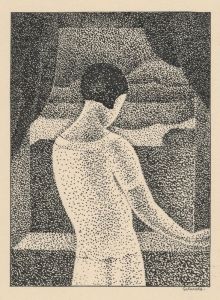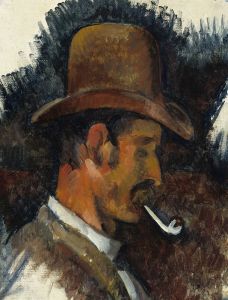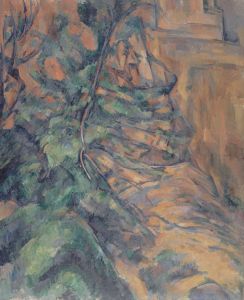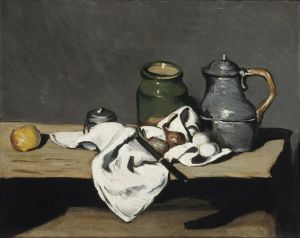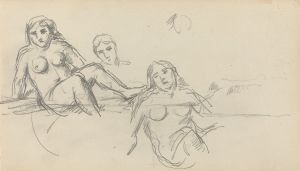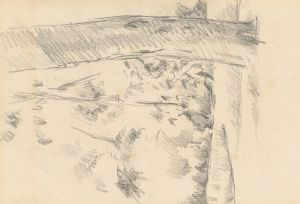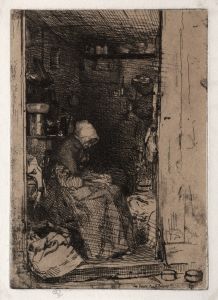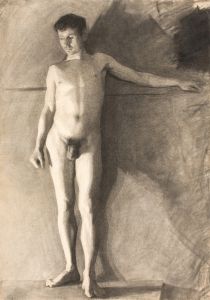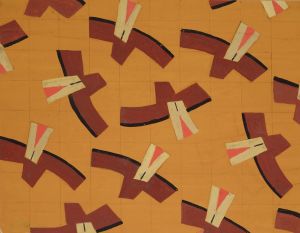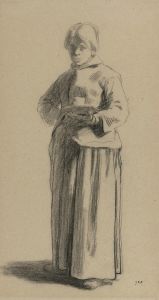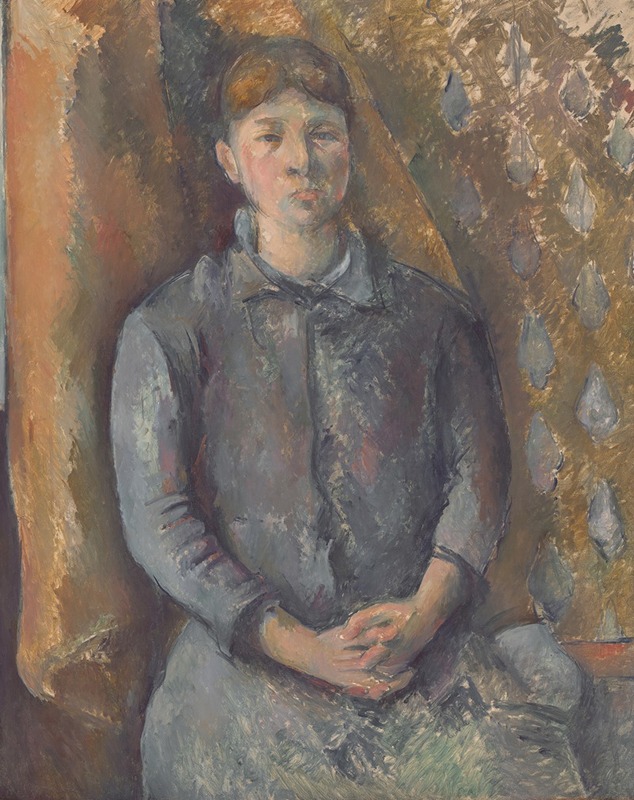
Madame Cézanne
A hand-painted replica of Paul Cézanne’s masterpiece Madame Cézanne, meticulously crafted by professional artists to capture the true essence of the original. Each piece is created with museum-quality canvas and rare mineral pigments, carefully painted by experienced artists with delicate brushstrokes and rich, layered colors to perfectly recreate the texture of the original artwork. Unlike machine-printed reproductions, this hand-painted version brings the painting to life, infused with the artist’s emotions and skill in every stroke. Whether for personal collection or home decoration, it instantly elevates the artistic atmosphere of any space.
"Madame Cézanne" is a series of portraits by the renowned French Post-Impressionist artist Paul Cézanne, depicting his wife, Marie-Hortense Fiquet. These paintings are significant both for their personal nature and for their contribution to the development of modern art. Cézanne's work on these portraits spanned over two decades, from the late 1860s to the early 1890s, reflecting his evolving style and artistic exploration.
Marie-Hortense Fiquet, whom Cézanne met in 1869, became a central figure in his life and work. They married in 1886, and she was the mother of his only son, Paul. Despite their long relationship, it was often strained, and Cézanne's family disapproved of the marriage due to Fiquet's lower social standing. Nonetheless, she remained a frequent subject in his art, appearing in over 20 paintings.
The "Madame Cézanne" portraits are notable for their introspective quality and the way they capture the essence of the sitter. Cézanne's approach to these portraits was methodical and deliberate, characterized by his use of color, form, and composition. Unlike the more expressive and emotional portraits of his contemporaries, Cézanne's depictions of his wife are marked by a sense of detachment and objectivity. He often used a limited color palette, focusing on subtle variations in tone and hue to create depth and volume.
One of the most famous paintings in this series is "Madame Cézanne in a Red Armchair," completed around 1877. This work exemplifies Cézanne's technique of building form through color modulation rather than relying on traditional chiaroscuro. The painting features Hortense seated in a red armchair, her expression calm and reserved, with the background rendered in soft, muted tones that complement her figure. The composition is balanced and harmonious, showcasing Cézanne's interest in geometric forms and spatial relationships.
Another notable work is "Madame Cézanne in a Yellow Chair," painted in the early 1890s. This portrait highlights Cézanne's shift towards a more abstract representation, with a greater emphasis on the structural elements of the composition. The brushstrokes are more visible, and the colors are more vibrant, reflecting his transition towards a style that would later influence the Cubists.
Cézanne's portraits of his wife are not only significant for their artistic qualities but also for their role in the evolution of portraiture. His innovative approach to form and color challenged traditional conventions and paved the way for future developments in modern art. The "Madame Cézanne" series is a testament to his dedication to exploring the complexities of human perception and representation.
Today, these portraits are housed in major art institutions around the world, including the Museum of Modern Art in New York, the National Gallery of Art in Washington, D.C., and the Musée d'Orsay in Paris. They continue to be studied and admired for their contribution to the history of art and their insight into Cézanne's personal and artistic journey.





